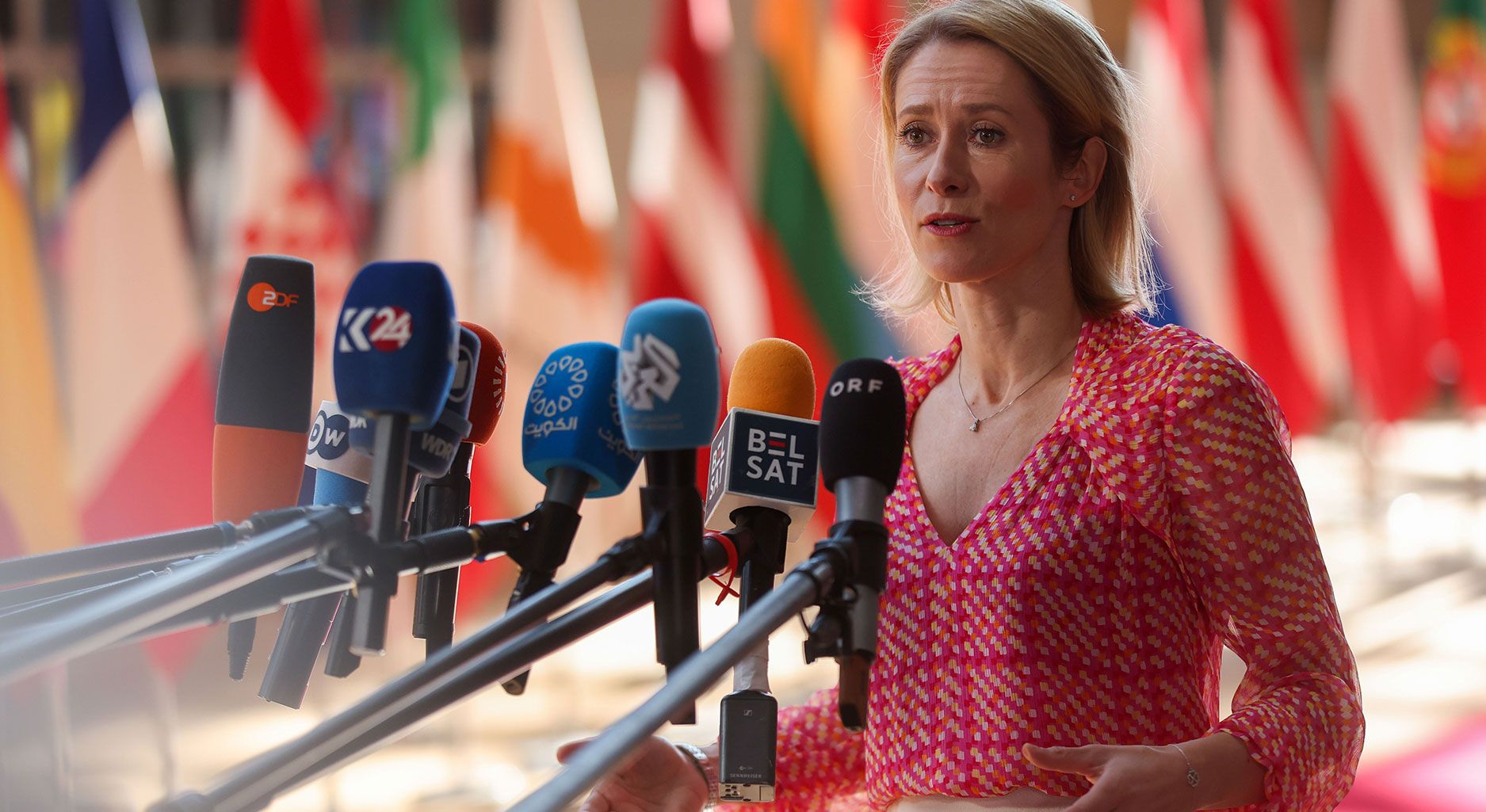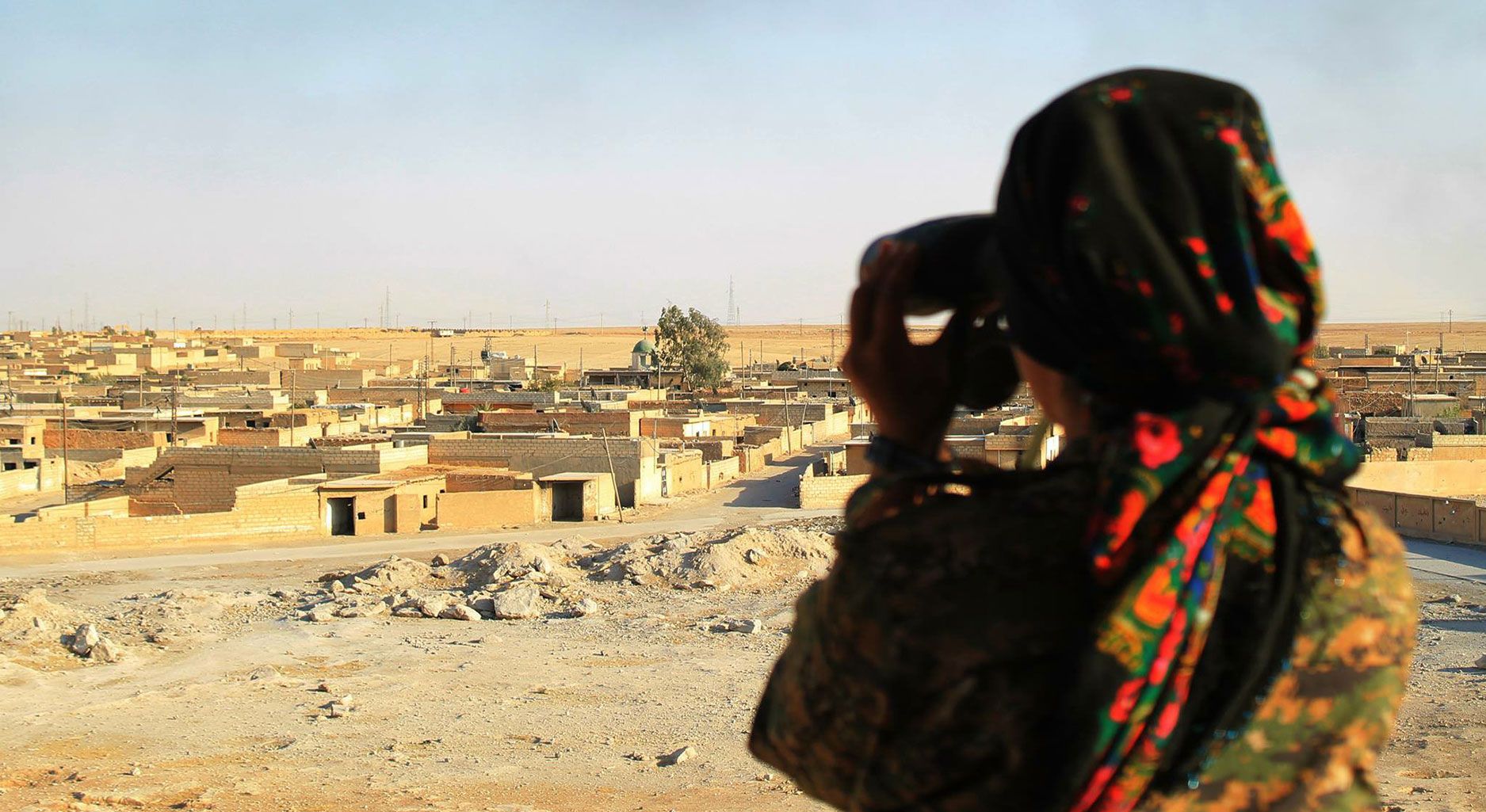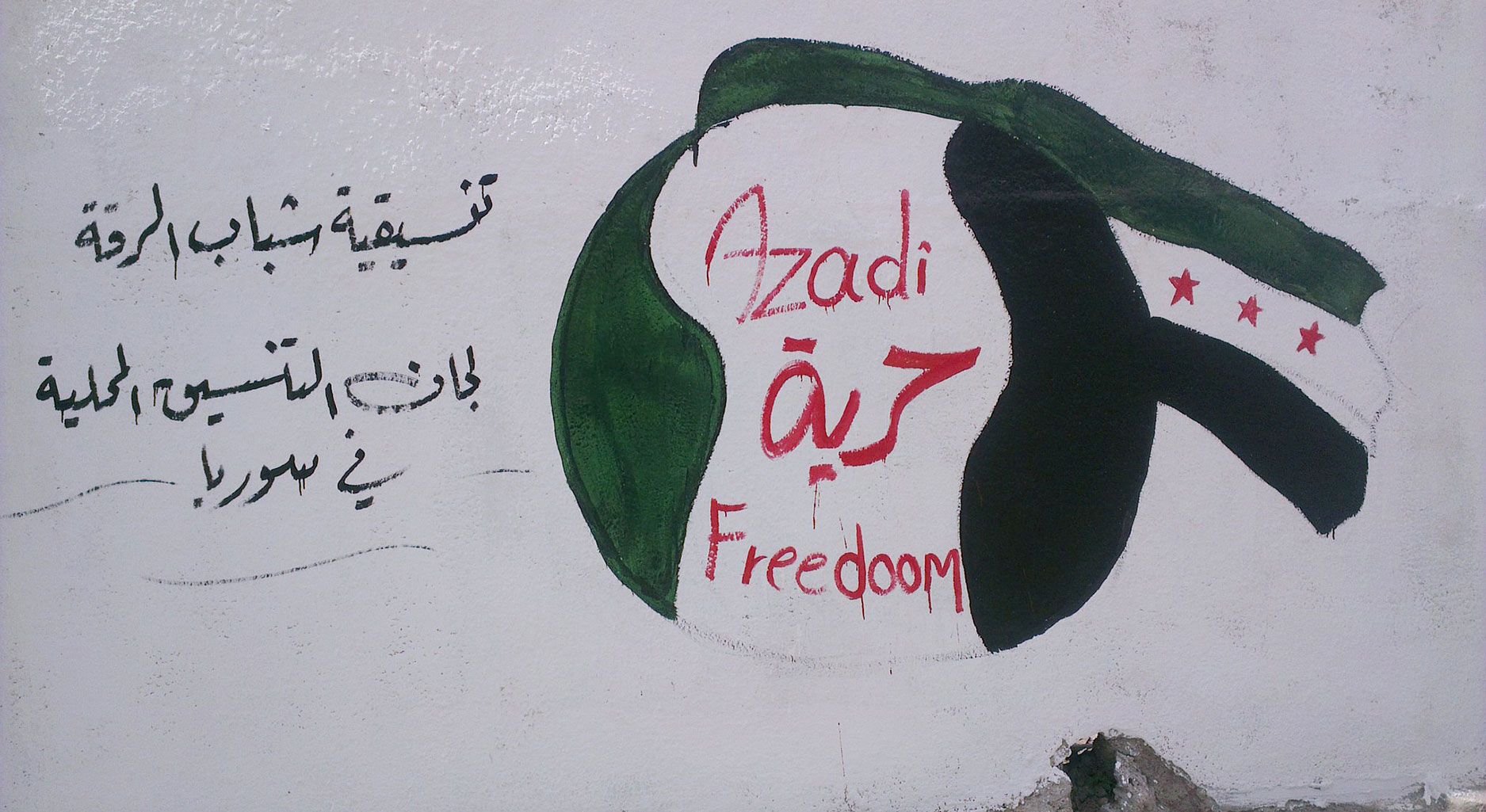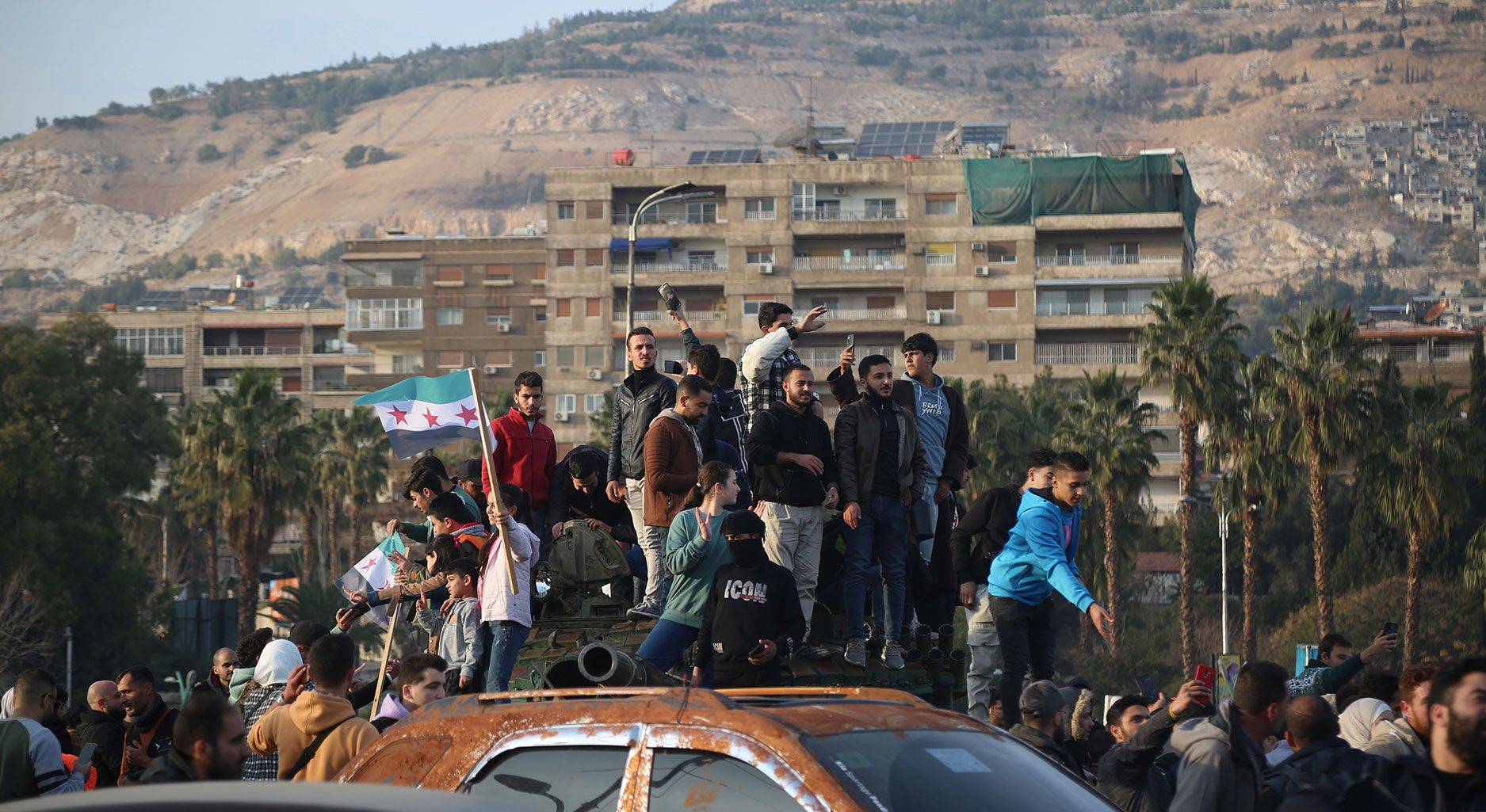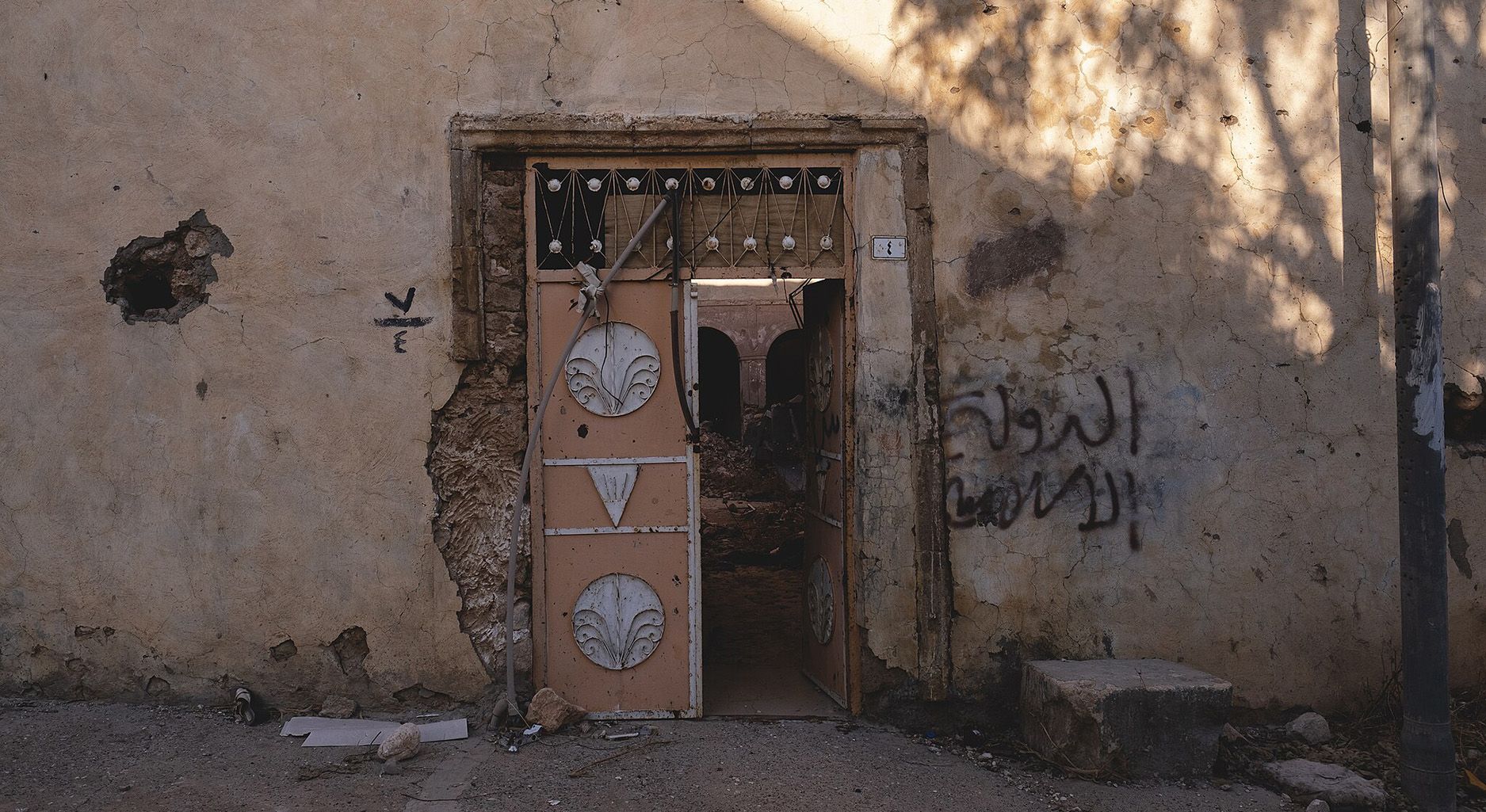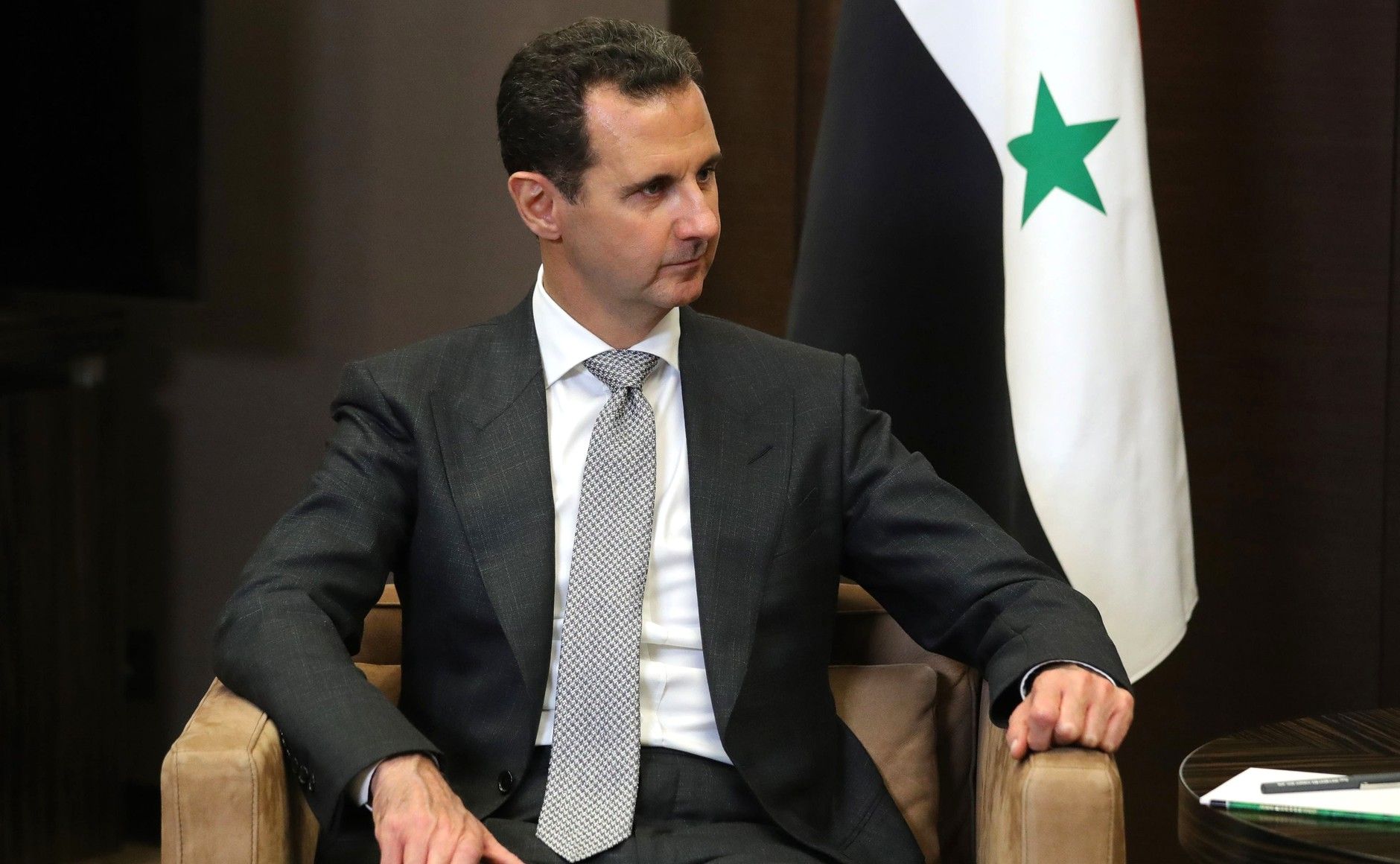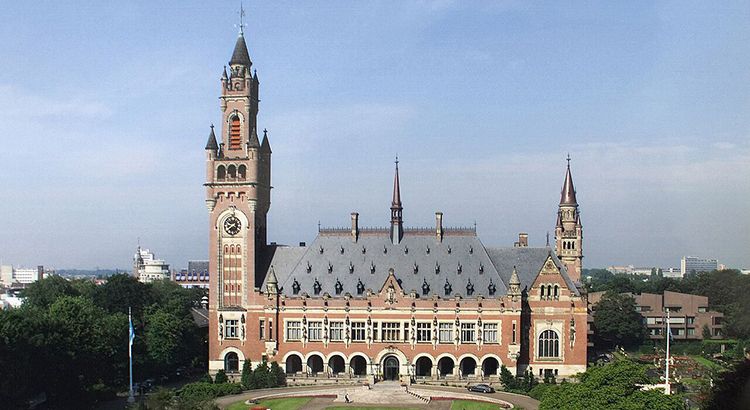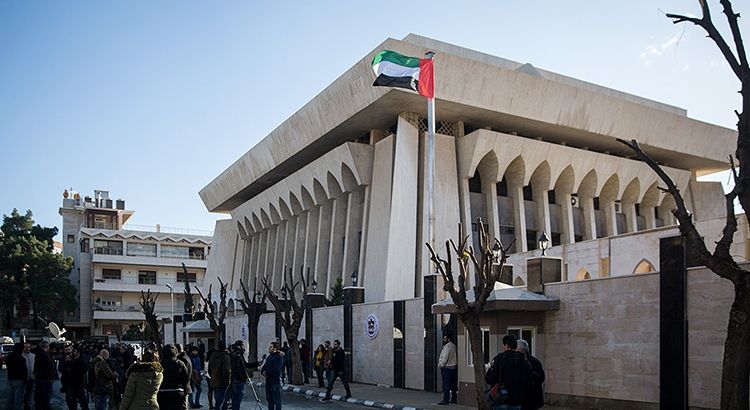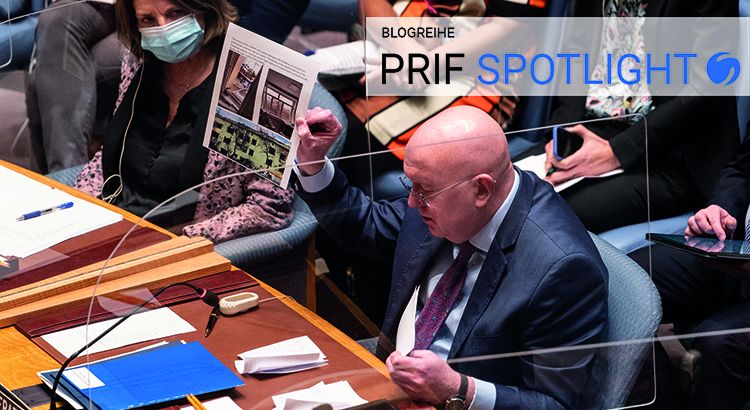Schlagwort: Syrien
The world’s major sanctioning countries recently showed political willingness to take a leap of...
Chemical Weapons Disarmament in Syria – A Door Opening?
On March 5, 2025, the caretaker foreign minister of Syria, Asaad Hassan al-Shaibani, delivered a...
Rojava Under Pressure After the Fall of Dictator Al-Assad: Turkey and Islamist Allies Threaten the Kurdish Autonomous Region in Syria
After the long-awaited fall of the brutal dictator Bashar Al-Assad on December 8, 2024, through a...
Aussichten für Syrien nach dem Sieg der Rebellen
Mehr als dreizehn Jahre litten die Menschen in Syrien unter den Folgen des Bürgerkrieges. In den...
Syrien: Blitzoffensive der islamistischen Rebellenallianz stürzt Assad
Eine Blitzoffensive der islamistischen Rebellenallianz markiert das Ende des Assad-Regimes. Ende...
Zehn Jahre nach dem Genozid: Die fortdauernde Krise der Jesiden
Am 3. August jährt sich der zehnte Jahrestag des Völkermords, den die radikal-religiöse...
The French Arrest Warrant for Assad – Breaking New Ground in the Prosecution of Chemical Weapons Use?
On November 14, 2023, a French Magistrate Judge issued an arrest warrant for Syria´s President,...
Chemical Attacks under the Convention against Torture: A New Possible Avenue?
On the 8th of June 2023, Canada and the Netherlands initiated proceedings at the International...
Arab States’ Incentives Towards (not) Normalizing Relations with Syria – Islamists and Drug Trafficking?
Syria has returned to the stage of regional diplomacy with the readmission of Damascus to the...
Muddying the Waters: Official Russian Disinformation on Chemical and Biologial Weapons
In the wake of Russia’s invasion of Ukraine, chemical and biological weapons have once again...
